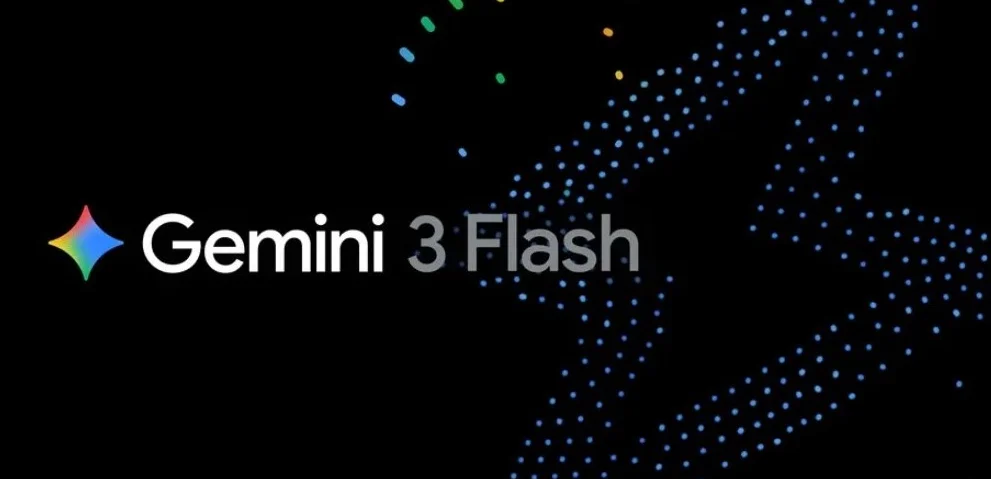As the prospect of a nationwide ban on TikTok in the United States has become heated in recent months, many users have started trooping to a similar alternative, RedNote.
Last week, the US Supreme Court justices heard arguments over the fate of TikTok, questioning its lawyer far longer than the attorney for the U.S. government. The justices will now make a decision that weighs the importance of national security with the freedom of speech.
TikTok and its parent company, Chinese-based ByteDance, had earlier asked the Supreme Court to review the case after a lower court ruled last month to uphold a law to ban the app.
However, amid the intensified scrutiny stemming from concerns that the Chinese government could access user data from TikTok, the Justices appeared sceptical of TikTok’s case and seemed inclined to uphold the law that will either ban the app or force its parent company to sell it.
The ban is scheduled to go into effect on 19 January, unless ByteDance sells TikTok’s assets to a non-Chinese company.
But as these uncertainties abound, many US users are now turning to other alternative platforms. One such app, RedNote—called Xiaohongshu in China—has become a popular choice.
In the last few days, over 700,000 new users joined RedNote, catapulting the app to the top of the U.S. App Store rankings. This influx has meant a surge in visibility and an opportunity to break into global markets for RedNote, but it also brings challenges in managing an international user base.
What you should know about RedNote
Founded in 2013 by Miranda Qu and Charlwin Mao, the app initially served as a guide for Chinese tourists shopping outside the mainland. Named “Hong Kong Shopping Guide” at the time, it provided recommendations for travellers.
Over time, the platform evolved into a broader lifestyle app where users share personal experiences, reviews, and tips on topics such as beauty, fashion, and food. This foundation of authentic, community-driven content sets it apart from purely entertainment-focused platforms.
Popularly called the Chinese Red Book, the attraction of RedNote to U.S. users lies in its unique blend of features and capacities. While TikTok excelled in delivering short video feeds driven by AI algorithms, RedNote offers an expanded user experience that combines social networking, local recommendations, and e-commerce.
The platform’s ability to host video content alongside images, longer posts, and discussion forums resonates with users looking for more than just entertainment. And with over 300 million monthly active users in China, the app is well-positioned to support its growing global audience.
RedNote vs. TikTok: a detailed comparison
While both platforms are rooted in short video formats, they differ significantly in focus and execution.
TikTok primarily offers an entertainment-focused platform, featuring short, creative videos that capture trends, humour, and viral moments. In contrast, RedNote expands its content to include not just videos but also photos, long-form text, and interactive posts, making it more versatile for users seeking lifestyle recommendations or practical advice.
This diversity in content types allows RedNote to engage users more extensively.
The interfaces of the two platforms also stand in sharp contrast. TikTok provides a seamless, AI-powered video feed designed to keep users scrolling through highly tailored suggestions. RedNote, however, displays a variety of post types in a grid-style format that resembles a combination of Instagram and Pinterest. This design promotes the exploration and discovery of various content forms rather than just videos.
In terms of user engagement, TikTok thrives on fast-paced, trend-driven activities such as viral challenges and interactive filters, which encourage participation and quick content creation. RedNote, on the other hand, fosters deeper connections through detailed reviews, discussions, and personal storytelling. Its slower-paced environment appeals to users looking for meaningful interactions rather than instant entertainment.
Globally, TikTok’s reach and popularity are undeniable, with localized content for various regions ensuring its worldwide dominance. RedNote, though newer on the global scene, is carving out a niche by targeting users interested in more curated and personalized content experiences. It remains to be seen whether it can replicate TikTok’s level of worldwide appeal.
Both platforms face scrutiny over privacy concerns, particularly their data collection practices. TikTok’s history of controversy has been widely discussed, while RedNote’s terms of service, which are primarily in Mandarin, pose transparency challenges for international users.
This shared concern highlights the critical need for better trust-building measures on both apps.
Challenges and opportunities for RedNote
RedNote’s rapid rise in popularity poses unique challenges and opportunities.
On one hand, the influx of new users from the U.S. gives it a chance to grow beyond China, but it must overcome several challenges. Like scaling up and making significant adjustments to meet the demands of a diverse, multilingual audience—particularly in regions like the U.S. Its translation tools and moderation policies must evolve quickly to ensure a seamless user experience.
Political tensions could also complicate things. If Donald Trump returns to the presidency, his pro-American stance may reignite U.S.-China tensions, putting pressure on apps like RedNote to comply with stricter regulations or face potential bans themselves. The app’s connections to Chinese companies could also make it hard for some Western users to fully trust it.
For users looking to replace TikTok, RedNote offers something new with its focus on lifestyle and community. While it’s not identical to TikTok, it provides a fresh and multifunctional experience. Its success will depend on how well it adapts to its growing audience and navigates challenges like cultural differences and political tensions.
Time will tell if RedNote can provide the same vibrant experience TikTok fans have come to love or if it will remain a temporary refuge in an ever-shifting social media space.

















